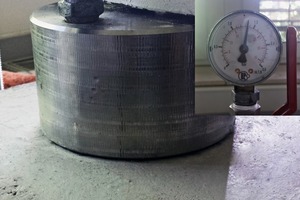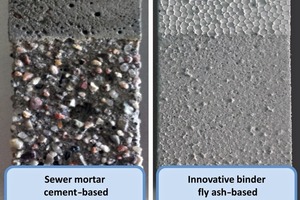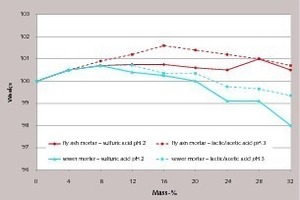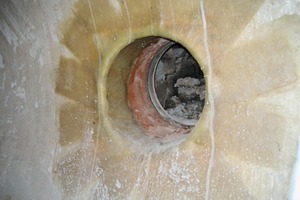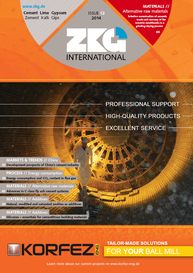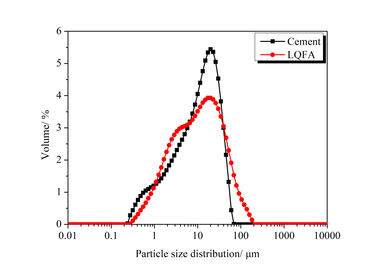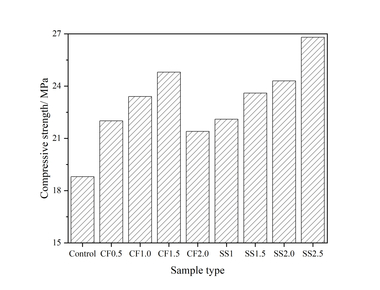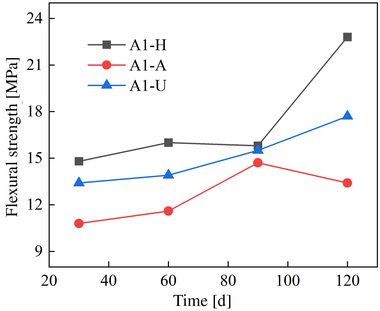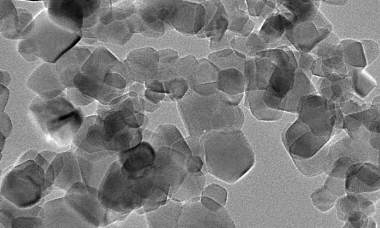Innovative binder based on activated
fly ash for products with chemical and corrosive load
Cement based products are in general not resistant against acids. Ca-ions built during the hydration dissolve in small quantities in water and cause efflorescence as well as spalling inside the concrete matrix. To avoid such corrosive attacks or damages to the concrete matrix it is commonly attempted to reduce the cementitious content by mixing the concrete with a certain amount of latent hydraulic or pozzolanic materials. The author describes a new binder system which provides the possibility to reduce the cementitious content to zero by activating fly ash with additives.
1 Conventional systems
By using cement in a binder system for dry mortars or concrete the hydration of the different clinker phases provides the strength and the resistance of the matrix. To improve the properties of the matrix several latent hydraulic, pozzolanic materials and additives are commonly used that in the concrete provides a higher chemical or freeze/thaw resistance. One of these added materials is fly ash which has different effects on the concrete. Mainly the effects can be summarized by:
rheological effect
packaging/filler effect
pozzolanic effect
1.1 Rheological effect
While the...

